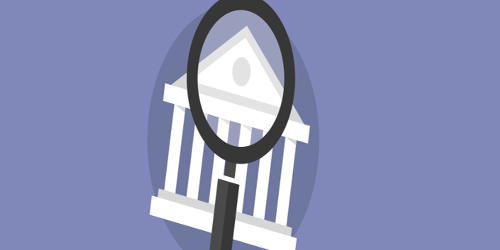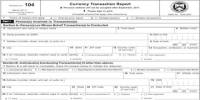Bank Regulation is the formulation and issuance by authorized agencies of specific rules or regulations, under governing law, for the conduct and structure of banking. It is intended to maintain banks’ solvency by avoiding excessive risk. It is a form of government regulation that subjects banks to certain requirements, restrictions, and guidelines, designed to create market transparency between banking institutions and the individuals and corporations with whom they conduct business, among other things. Regulation falls into a number of categories, including reserve requirements, capital requirements, and restrictions on the types of investments banks may make. As regulation focusing on key actors in the financial markets, it forms one of the three components of financial law, the other two being case law and self-regulating market practices.
Bank regulation is designed to address several issues: information asymmetry; bank failures; depositors’ ability to recover their funds; unfair, discriminatory, or fraudulent practices; and systemic risk. A bank must have positive net worth; otherwise, it is insolvent or bankrupt, meaning it would not have enough assets to pay back its liabilities. Given the interconnectedness of the banking industry and the reliance that the national (and global) economy hold on banks, it is important for regulatory agencies to maintain control over the standardized practices of these institutions. The regulation requires that banks maintain a minimum net worth, usually expressed as a percent of their assets, to protect their depositors and other creditors. Regulation falls into a number of categories, including reserve requirements, capital requirements, and restrictions on the types of investments banks may make.
Another relevant example of the interconnectedness is that the law of financial industries or financial law focuses on the financial (banking), capital, and insurance markets. Supporters of such regulation often base their arguments on the “too big to fail” notion. Banks are allowed to make loans to businesses, individuals, and other banks. This holds that many financial institutions hold too much control over the economy to fail without enormous consequences. This is the premise for government bailouts, in which government financial assistance is provided to banks or other financial institutions that appear to be on the brink of collapse. Bank supervision consists of monitoring and on-site examinations. Banks must file call reports with bank regulators, which includes details of a bank’s income, assets, and liabilities. Compliance with bank regulations is verified by personnel known as bank examiners.
Objectives
The objectives of bank regulation, and the emphasis, vary between jurisdictions. The most common objectives are:
- prudential—to reduce the level of risk to which bank creditors are exposed (i.e. to protect depositors),
- systemic risk reduction—to reduce the risk of disruption resulting from adverse trading conditions for banks causing, multiple or major bank failures,
- to avoid misuse of banks—to reduce the risk of banks being used for criminal purposes, e.g. laundering the proceeds of crime,
- to protect banking confidentiality,
- credit allocation—to direct credit to favored sectors,
- it may also include rules about treating customers fairly and having corporate social responsibility.
















